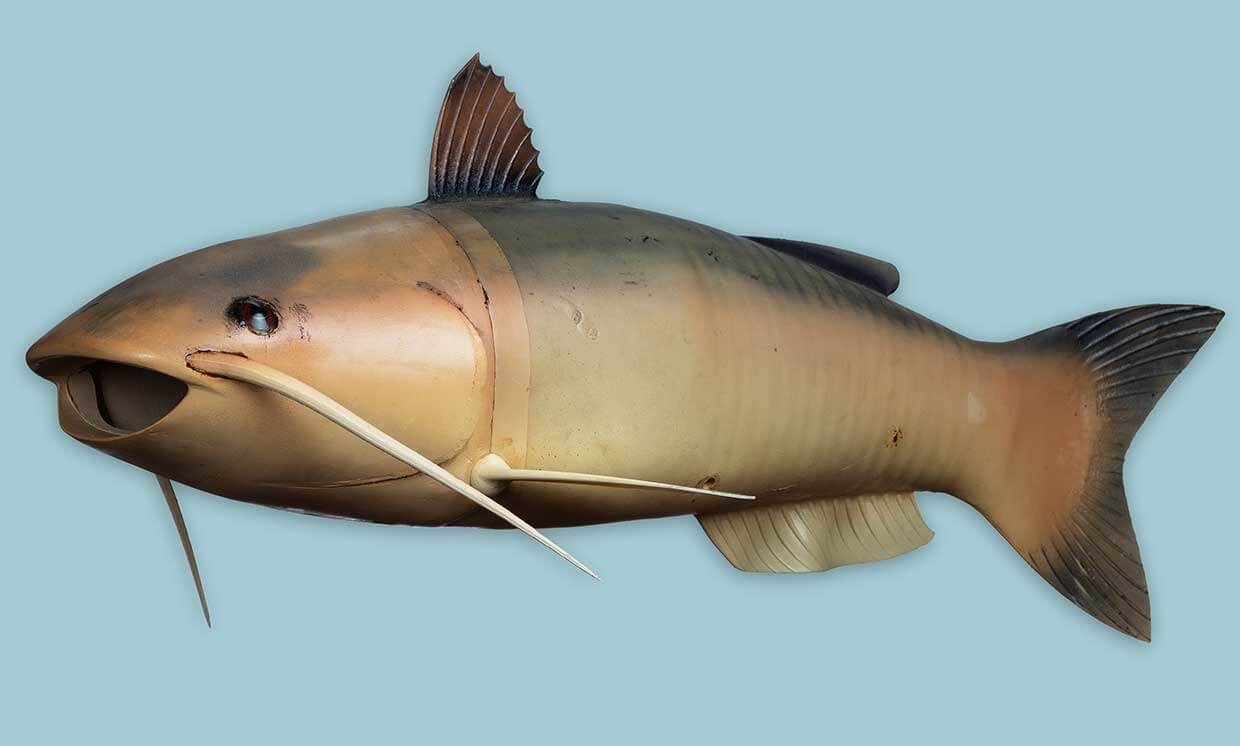2024-04-01
The Robot Fauna: Beyond Boston Dynamics

The realm of robotics extends far beyond the familiar images of mechanical arms and humanoid figures. Inspired by the natural world, developers have created a fascinating array of biomimetic robots, each designed to mimic the unique capabilities of different animals. From drones that emulate bird flight to therapeutic robots that mimic the companionship of pets, these innovative creations are pushing the boundaries of what robots can achieve.
One such marvel is the MetaBird, a biomimetic drone developed by Bionic Bird. Weighing less than 10 grams, MetaBird flies with the grace and agility of a real bird, thanks to its flexible wings and lightweight design. Controlled via smartphone, this drone maneuvers effortlessly through the air, offering a glimpse into the future of aerial robotics.
Taking inspiration from bats, researchers at the California Institute of Technology and the University of Illinois at Urbana-Champaign have developed the Bat Bot—a remarkable autonomous robot that mimics the flight mechanics of its namesake. With silicone membrane wings and advanced sensors, the Bat Bot navigates complex environments with ease, offering potential applications in areas such as construction and search and rescue.
Pioneering the field of amphibious robotics is Pleurobot, a salamander-inspired robot created by researchers at the Federal Polytechnic School of Lausanne (EPFL). Equipped with the ability to walk on land and swim underwater, Pleurobot demonstrates the potential of biomimetic design in robotics, offering insights into locomotion and rehabilitation therapy.
In the realm of underwater exploration, the Eelume robot takes inspiration from the sinuous movements of eels. With its flexible body and modular design, Eelume navigates tight spaces with ease, making it ideal for tasks such as underwater inspections and maintenance.
Continuing the theme of biomimicry, researchers at the University of California, Berkeley have developed the CRAM robot—a cockroach-inspired creation designed to traverse narrow crevices with ease. With its resilient exoskeleton and adaptive morphology, CRAM offers potential applications in search and rescue operations and disaster response.
Moving beyond the realm of utility, companion robots like Sony's AIBO and Tombot's Robodog offer companionship and support to those in need. With lifelike movements and interactive capabilities, these robots provide emotional support and companionship, addressing issues of loneliness and social isolation among the elderly and individuals with cognitive impairments.
For therapeutic applications, robots like PARO offer a lifelike alternative to traditional animal-assisted therapy. Designed to resemble a baby harp seal, PARO responds to touch and interaction, providing comfort and companionship to patients with dementia and other conditions.
From the skies to the seas, and even into our homes, the robot fauna offers a glimpse into a future where technology and nature converge to create truly remarkable innovations. As developers continue to draw inspiration from the natural world, the possibilities for biomimetic robotics are endless, promising a future where robots seamlessly integrate into our lives, offering assistance, companionship, and endless possibilities.
Share with friends:
Write and read comments can only authorized users
Last news
